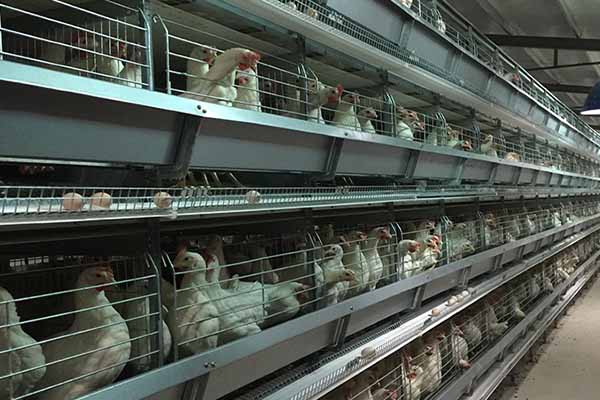How Energy-Saving Effects of Automated Equipment in Kenya’s Chicken Farms Are Changing the Game
Time : 2025-04-24
Automated equipment in chicken farms has become more than just a convenience; it’s a game-changer in the poultry industry, especially in Kenya. With the growing need for sustainable and efficient farming practices, the energy-saving effects of these systems are not just notable but crucial. Let’s dive into how automated equipment is transforming the energy efficiency of chicken farms in Kenya.
The Landscape of Chicken Farming in Kenya
First, let’s put things into perspective. Kenya is one of the fastest-growing countries in Africa, with a rising population and an increasing demand for protein sources. Chicken farming, in particular, has seen significant growth as a result. This rise in demand has pushed farmers to seek out more efficient ways of farming, including the adoption of automated equipment.
Understanding the Energy-Saving Mechanisms
Automated systems in chicken farms typically include lighting, ventilation, feeding, and waste management. Let’s break down how these systems contribute to energy savings:
Lighting
One of the most significant energy consumers in a chicken farm is lighting. Traditional lighting systems often consume a lot of energy and can cause stress to the birds due to inconsistent light conditions. Automated lighting systems, on the other hand, use LED lights that are much more energy-efficient and provide a consistent light spectrum that supports the birds’ circadian rhythms.
How it Works: These systems are programmable, allowing farmers to adjust the intensity and duration of lighting according to the birds’ needs. During the day, the lights dim automatically, reducing energy consumption.
Ventilation
Proper ventilation is crucial for the health of the birds and the overall environment in the farm. Automated ventilation systems can adjust air flow based on temperature and humidity levels, optimizing comfort for the chickens and reducing the need for excessive cooling.
How it Works: Sensors detect changes in the environment and adjust the fans accordingly. This means that the system works harder only when necessary, saving energy.
Feeding
Automation in feeding systems helps to prevent waste and ensure that each bird gets the right amount of feed. This precision can significantly reduce the amount of feed that is not consumed, thereby cutting down on costs and energy used in transporting and storing excess feed.
How it Works: Automated feeders can dispense feed in precise amounts based on the birds’ weight and age. Some systems even provide feed on a per-bird basis, further reducing waste.
Waste Management
Effective waste management is vital for the sustainability of chicken farms. Automated waste management systems help in collecting, compacting, and removing waste, which reduces the energy needed for manual handling and disposal.
How it Works: Automated systems can include waste compactors and collection bins that are emptied at regular intervals, minimizing the time and energy spent on waste management.
Real-World Impact in Kenya
Now, let’s see how these automated systems are making a tangible difference in Kenya’s chicken farms:
– Cost Reduction: By reducing energy consumption, automated systems help to lower operational costs. This is especially significant for small-scale farmers who might not have the luxury of high electricity bills.
– Productivity Increase: Efficient automation can lead to an increase in productivity, as the birds are in a healthier environment that supports their growth and development.
– Sustainability: The use of energy-efficient technology aligns with the global push for sustainability, making these farms more environmentally friendly.
Challenges and Considerations
Despite the numerous benefits, there are challenges associated with the adoption of automated equipment:
– Initial Investment: The upfront cost of installing these systems can be prohibitive for some farmers, particularly those who are just starting out.
– Maintenance: Automated systems require regular maintenance to ensure they operate efficiently and safely.
– Training: Farm workers need to be trained on how to operate and maintain these systems, which can require additional time and resources.
The Future of Energy-Efficient Chicken Farming
As technology continues to evolve, we can expect even more innovative automated systems to hit the market. These may include advanced AI capabilities for predictive maintenance, better integration of various systems, and possibly, the integration of renewable energy sources to further reduce the carbon footprint of chicken farming.
Final Thoughts
The energy-saving effects of automated equipment in chicken farms in Kenya are clear. They not only improve the operational efficiency of farms but also contribute to a more sustainable and productive agricultural sector. As technology continues to advance, we can look forward to a future where farming is not just efficient but also kind to the environment.
—
, , , , 











